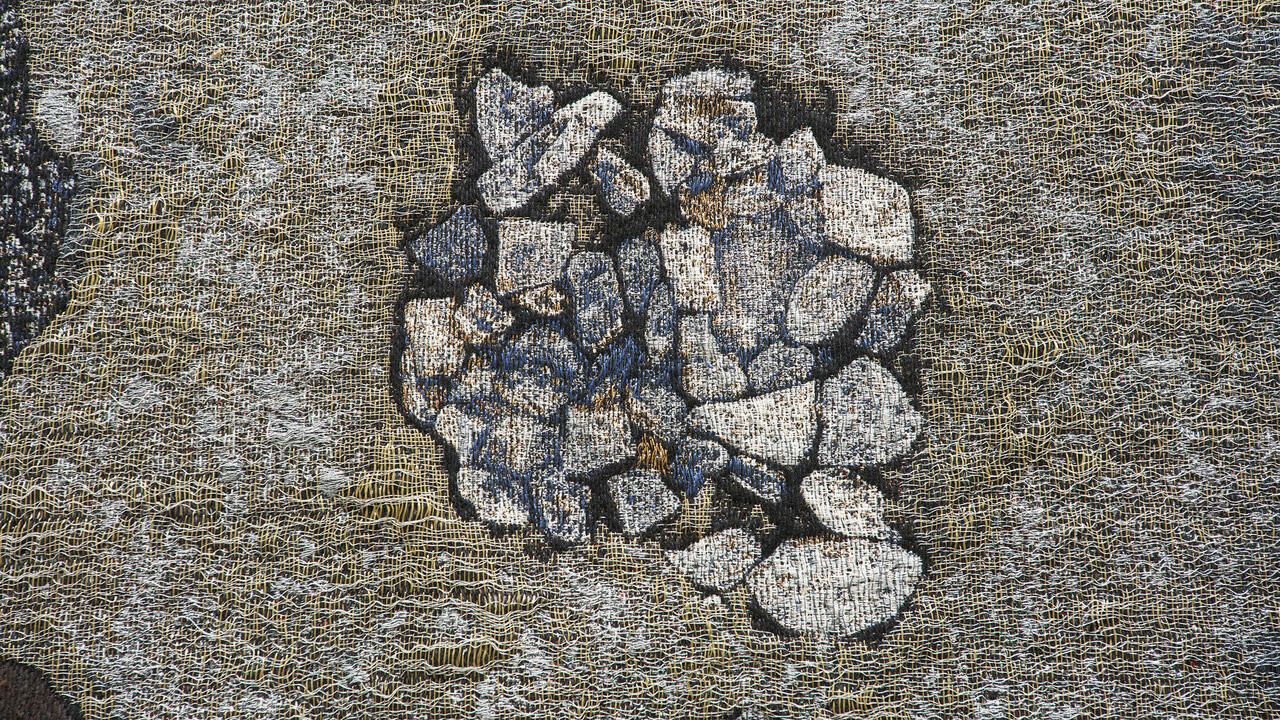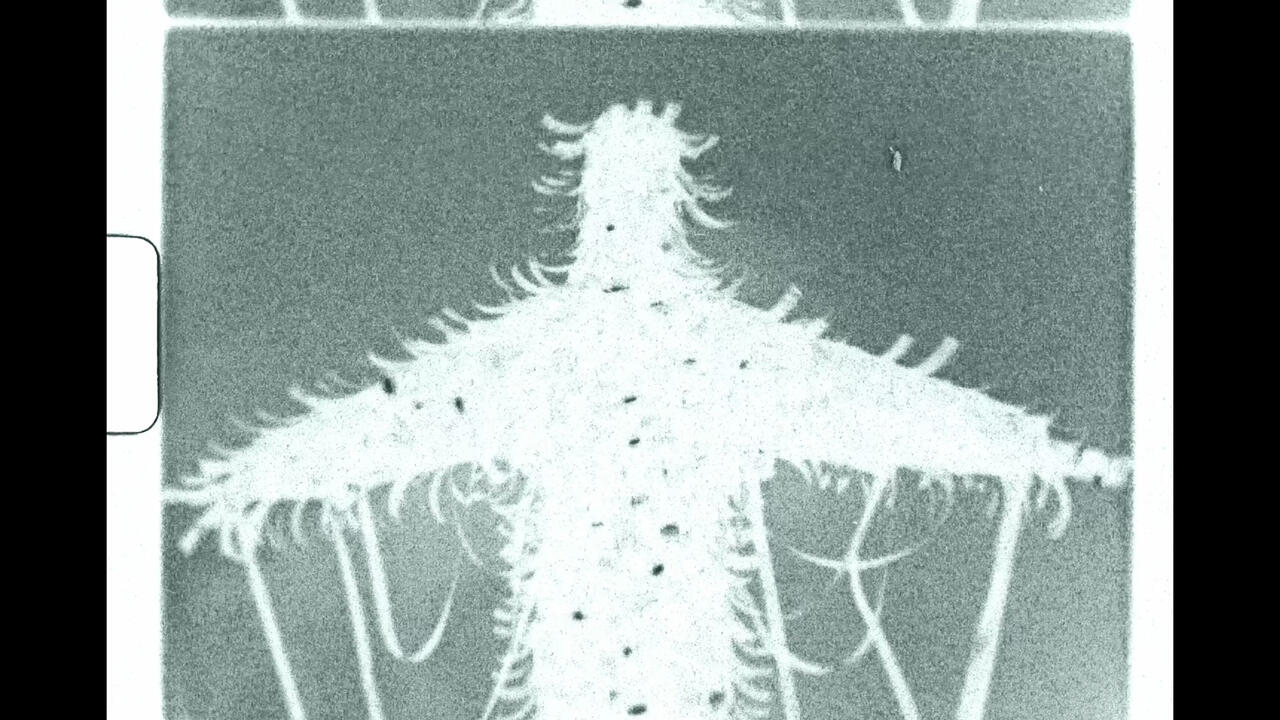Tatsuo Miyajima Counts to Infinity
At Gallery Baton, Seoul, the artist presents new paintings that are an analogue take on the LED installations for which he is best known
At Gallery Baton, Seoul, the artist presents new paintings that are an analogue take on the LED installations for which he is best known

The protagonist in Tatsuo Miyajima’s latest solo exhibition at Gallery Baton, Seoul, is his new ‘Beads Painting’ series. The internationally acclaimed Japanese artist, best known for his technological installations comprised of flickering LED numbers since the late 1980s, embarked on this painting series during the pandemic. Of the 13 new and recent works on display in the exhibition, seven are Numerical Beads Paintings – square monochromatic canvases filled with square grids and randomly embedded with tiny, numbered beads. Thousands of beads also roll loose on the gallery floor, as if they have fallen off the paintings, adding to the sense of connectivity and infinity, which are ongoing themes in Miyajima’s art and philosophy. In a notable change, the beads no longer adhere to his customary, seven-segment display format.

The audience may be more familiar with the artist’s wired installations of LED digits that count down from nine to one at varying speeds, such as Vertical Green and Three Hundred Lives (both 2022), also on view in the exhibition. In a 2016 interview with The Financial Times, Miyajima observed that the repeating numeric sequences represent the endless cycle of life and death, with each diode signifying an individual existence. He never shows zero, but instead replaces it with a dark void, implying death as a state in the cycle.

The Numerical Beads Paintings similarly embody Miyajima’s meditations on time and the universe. He first subdivided a square canvas surface into two-centimetre squares. Then in each square, he did one of three things: left it vacant (‘void’), mounted a numerical bead (‘on’) or applied paint (‘off’) – based on his intuition. The results not only successfully deliver his unique aesthetics without employing digital LED technologies, but align themselves to the modernist tradition with their nods to all-over painting, gestural abstraction and Dansaekhwa.

Miyajima has never been so true to the medium. He has produced conceptual paintings using currency (‘Over Economy’ series, 1993–ongoing) and Chinese Qing clothing (‘Counter Painting on Chinese Dress’ series, 2017) as his canvas. The works in his more recent series ‘Painting of Change’ (2020–ongoing) consist of seven pieces of painted canvas or wood shaped like the elements of a digital number display, which can be reconfigured to form different numbers. These participatory pieces invite the viewer to roll the dice that accompanies each painting and to adjust the bars accordingly. While those were more conceptual interventions of painting, the Numerical Beads Paintings feature meditative drawing and expressive brushstrokes that bear traces of the artist’s hand.

The highlight of the exhibition is in the gallery’s Blue Baton room, an exhibition space with view of a busy city street. On the glass window is installed Changing Landscape / Changing Room (2023), a site-specific project in which glass walls are coated with semi-transparent film punctured with digital numbers so that the changing landscape of the outside world is brought into the interior space through the cut-out numbers. The opposite wall is occupied by a 3.4-metre-wide installation of square mirrors containing small blinking LED numbers. Part of the artist’s now-complete ‘Changing Time with Changing Self’ series (2001–20), C.T.C.S. Flower Dance no. 1 (2017) is composed of as many as 12 mirrors, tilted slightly in different directions, that give fragmented views of the space and any visitors. Facing each other, these two works create a tranquil yet dazzling play of light and shadow, numbers and people, reflection and refraction, inside and outside – transforming the room into a beautiful micro-universe in the middle of the metropolis.
Tatsuo Miyajima, ‘Infinite Numeral’, is on view at Gallery Baton, Seoul, until 8 April.
Main image: Tatsuo Miyajima, C.T.C.S. Flower Dance no.1, 2017, L.E.D., IC, electric wire, mirror glass, steel panel 108 × 340 × 10 cm. Courtesy: the artist




















